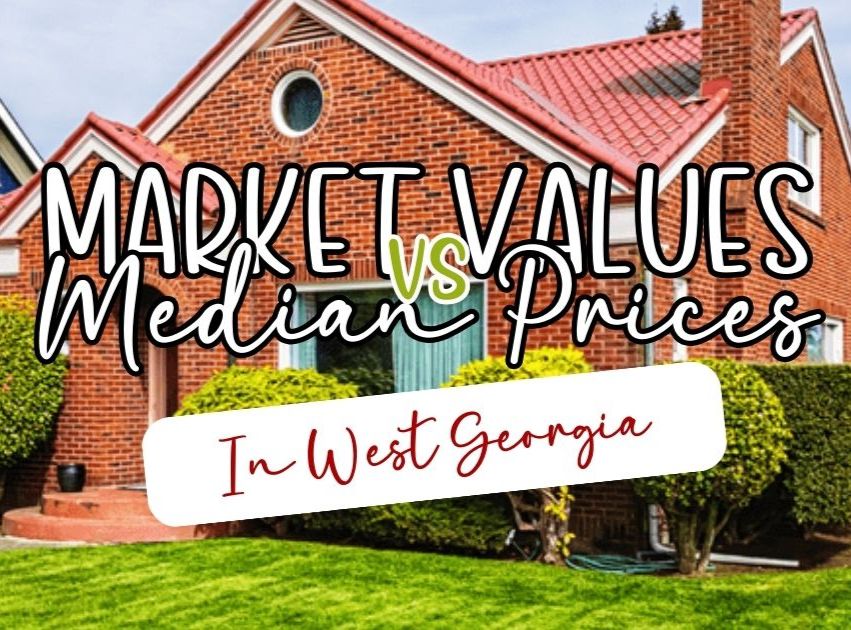
Home Values Rise Even as Median Prices Fall
What’s Really Happening with Home Prices? Here’s What You Need to Know in West Georgia Recent headlines have been buzzing about the median asking price of homes dropping compared to last year, and that’s sparked plenty of confusion. And as a buyer or seller in West Georgia, it’s easy to assume tha

Is Affordability Starting To Improve?
Over the past couple of years, a lot of people have had a hard time buying a home. And while affordability is still tight, there are signs it's getting a little better and might keep improving throughout the rest of the year. Lawrence Yun, Chief Economist at the National Association of Realtors (NA

Why Pre-Approval Should Be at the Top of Your Homebuying To-Do List
Since the supply of homes for sale is growing and mortgage rates are coming down, you may be thinking it’s finally your moment to jump into the market. To make sure you’re ready, you need to get pre-approved for a mortgage. That’s when a lender looks at your finances, including things like your W-2
Categories
- All Blogs (26)
- Affordability (3)
- Agent Value (4)
- Buying Tips (6)
- Downsizing (1)
- Economy (2)
- Empty Nesters (1)
- Equity (1)
- Featured (2)
- First-Time Buyers (2)
- For Buyers (16)
- For Sellers (11)
- Home Prices (7)
- Infographics (3)
- Inventory (3)
- Local (4)
- Mortgage Rates (5)
- Rent vs. Buy (1)
- Seasonal (1)
- Selling Tips (6)
- Things to Do (2)
Recent Posts











